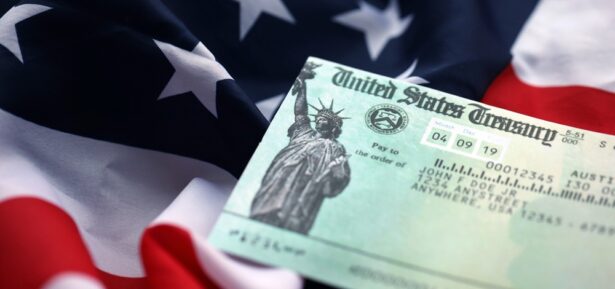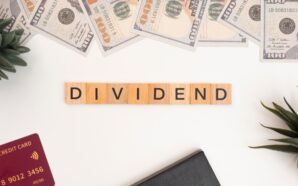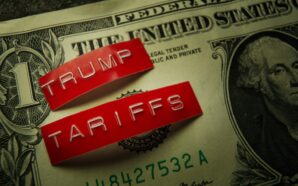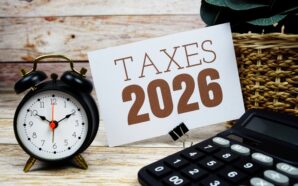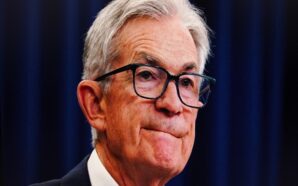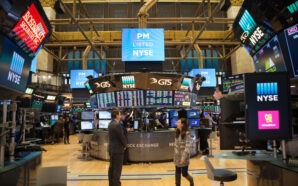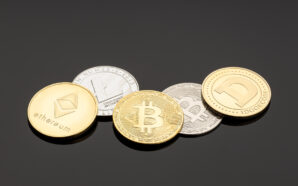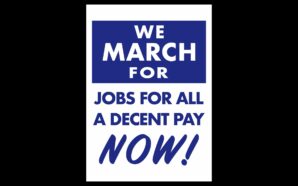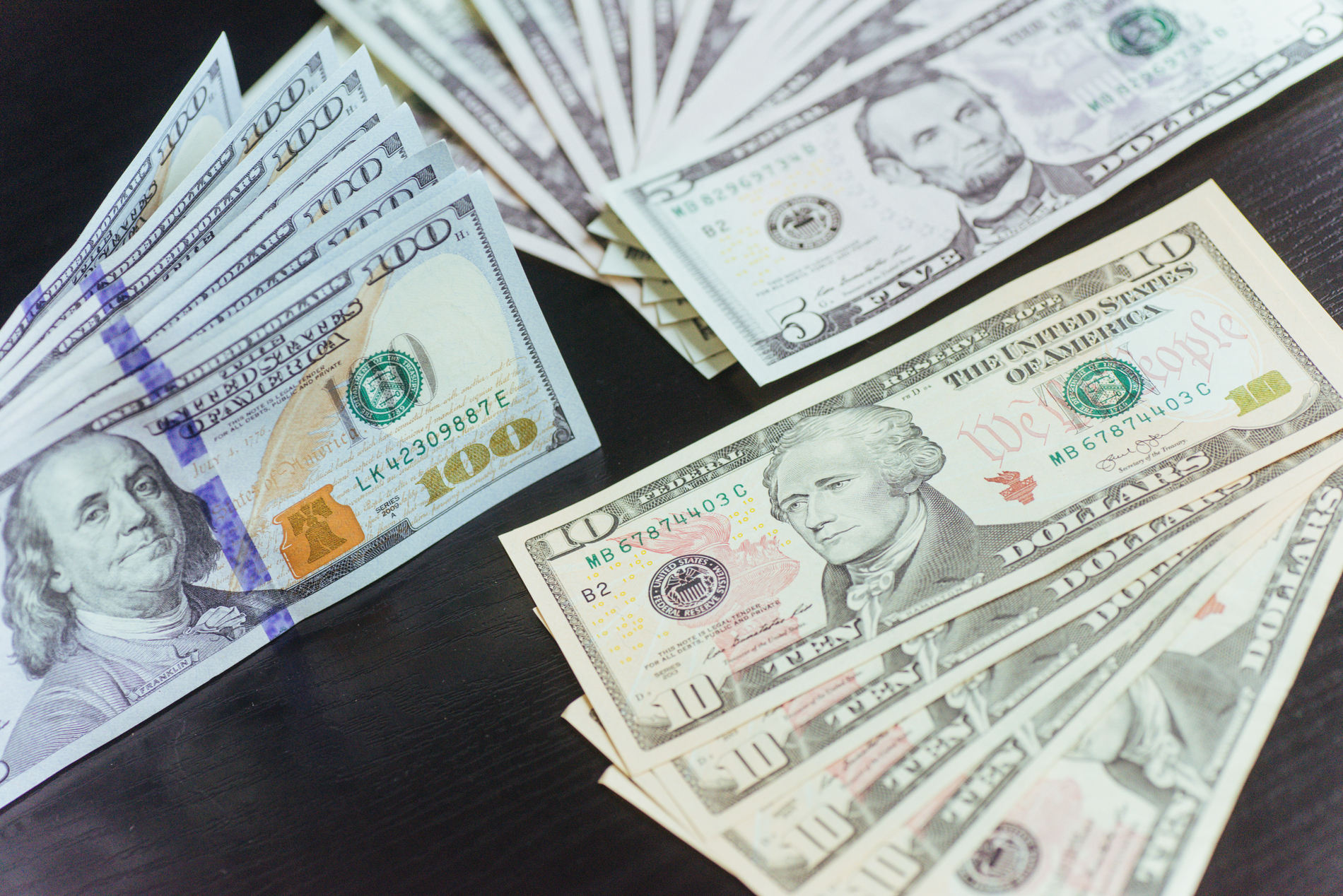
Untouched Money in the Trillions?
There’s a quiet giant sitting in the background of the economy right now: about $7 trillion in money market funds, just waiting. It’s not in stock. It’s not in real estate. It’s sitting in low-risk, short-term holdings. And analysts say this pile of cash could play a massive role in how the stock market finishes 2025.
So, where did all that money come from?
After years of inflation, interest rate hikes, and uncertainty, many investors, especially average ones, became cautious. Instead of betting on the market, they parked their savings in money market funds. These funds are low-risk and relatively stable, offering better returns than a savings account without the rollercoaster of stocks.
But now, things are shifting.
With rates potentially dropping, cash might start flowing back in
The Federal Reserve has been signaling that rate cuts may be on the horizon. If interest rates go down, the returns on money market funds could dip. That means a lot of investors will start asking the same question: Should I put my money back into stocks before the next rally starts?
That shift, even if only a fraction of the $7 trillion moves, could give the market a major push heading into the final quarter of the year.
Why it matters for everyday investors
If you’ve been on the sidelines, wondering when or whether to jump in, this could be a signal to start paying closer attention. Experts say that if this idle cash begins to move, we could see a sharp rally in sectors like tech, energy, and consumer goods.
Of course, none of this is guaranteed. Markets can be unpredictable, and timing them is never easy. But this level of built-up cash isn’t normal, and it’s starting to make noise.
The bottom line
Wall Street is watching this $7 trillion war chest very closely. It’s a reminder that sometimes, what’s not in the market is just as important as what is. And if even a portion of that money decides it’s time to re-enter the game, the year could end with a lot more green on the board.
-
Credit: Shutterstock In a year when many Americans are clipping coupons, stretching paychecks, and comparison-shopping more than ever, one...
-
Credit: Shutterstock The conversation around potential $2,000 “tariff dividend” checks reached a new peak this week after President Donald...
-
Credit: Shutterstock When President Donald Trump unexpectedly announced plans for what he called a “$2,000 dividend” for the majority...
-
Credit: Shutterstock The countdown is on for one of the most closely watched shareholder votes in corporate history. As...
-
Credit: Shutterstock Imagine not having to hunt for groceries after a long day or remember when your phone bill...
-
Credit: Shutterstock Good News for Taxpayers Good news might be on the horizon for taxpayers — especially those with...
-
Credit: Shutterstock The end of quantitative tightening may not be the market boost it appears to be Federal Reserve...
-
Credit: Shutterstock Trade deficits, national debt, and the numbers that don’t add up President Donald Trump recently caused a...
-
Credit: Shutterstock Trump and Wall Street’s Top Banker Bury the Hatchet‚ÄîAnd Your Wallet Might Thank Them In an unexpected...
-
Credit: Envato Elements Will These Cryptos Steal the Spotlight by Year-End 2025? After a wild start to 2025 filled...
-
Credit: Unsplash Why Don’t We Just Tax the Rich? Every year, millions of Americans pay their taxes expecting that...
-
Credit: Unsplash Is the Minimum Wage Livable in The U.S.? The federal minimum wage in the United States has...



